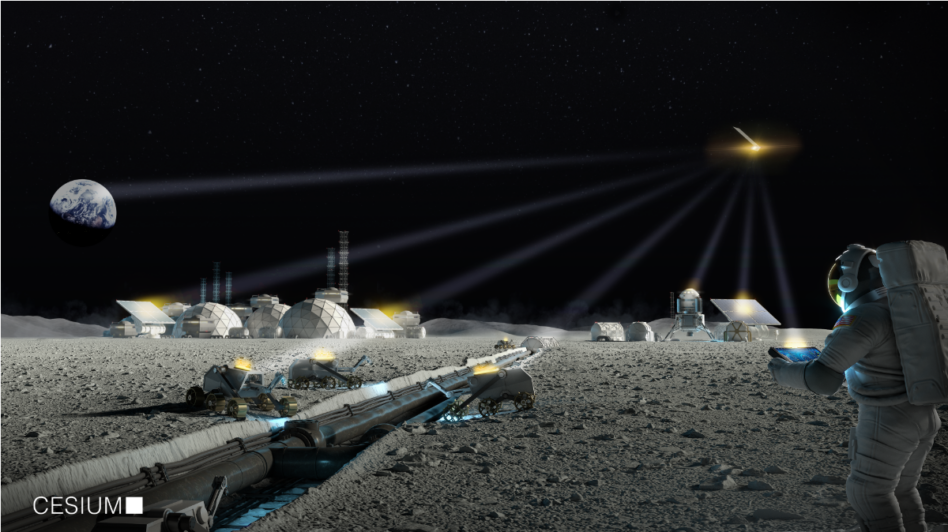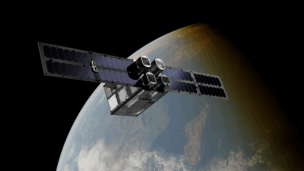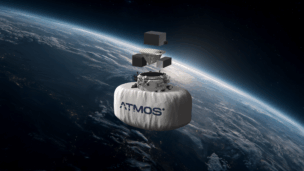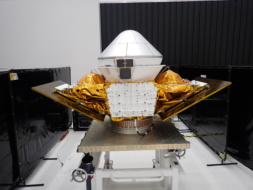CesiumAstro, an Austin-based software communication system developer, has announced plans to accelerate production on the second generation of its active phased array product, Nightingale. The software-defined steerable array can attach to satellites to provide inter-satellite and ground connectivity and is optimized for lunar and cislunar applications.
The acceleration was prompted by a Phase II NASA SBIR grant and will speed up production time from 24–36 to 16–18 months, CesiumAstro CEO Shey Sabripour told Payload.
A little background: CesiumAstro focuses on building modular, out-of-the-box arrays that can be steered electronically by satellite operators—as opposed to steering mechanically, which uses more energy and generates torque. The flat design is meant to be more “dynamically efficient” than conventional arrays.
- The company launched its first two CubeSats for NASA in September. The first-gen arrays support communication and sensing applications on Ka-band frequencies.
The modular technology is “the entire basis for our company,” Sabripour said. “We can provide very sophisticated payloads using … Lego-like building blocks that you can bolt together. And the software automatically adjusts.”
V2: CesiumAstro is building the second generation of Nightingale to be lighter, more customizable, and easier to mass-produce than the first. “We’re creating a very agile, very scalable, very software-defined, sophisticated payload out of a few building blocks,” Sabripour said.
The next generation will enable communication and sensing across Tracking and Data Relay Satellite (TDRS) and 5G mmWave frequency bands, along with the Ka-band.
- Accelerating the development timetables was “just a matter of focusing the team and applying our resources,” Sabripour said.
- Use cases include the intended lunar and cislunar applications. The technology could also support civil, commercial, and military users who need small, low-power, and high-data flow communications.
Looking forward: CesiumAstro expects hardware delivery in January 2023, with demo missions coming soon afterwards. Over the next three to five years, the company hopes to make its flat antenna array technology available across all frequencies used in commercial and government applications, “from L-band all the way up to V-band,” per Sabripour.
“Flat array technologies will ultimately replace traditionally, mechanically steered antennas in most applications,” Sabripour said. “That’s the fundamental reason why we exist.”




